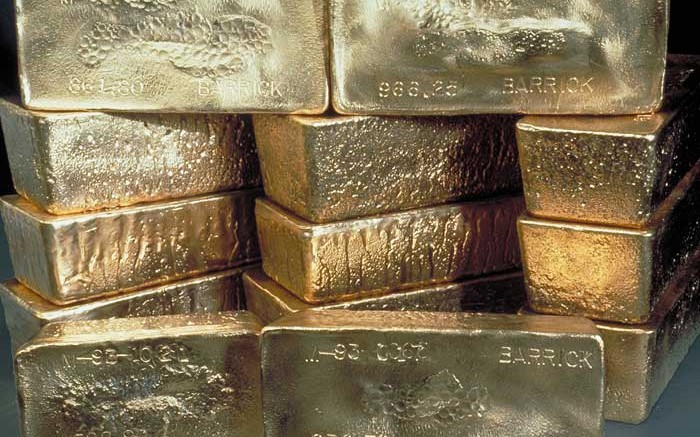The era of double-digit growth in demand for metals is over, as China’s economy moves from investments in fixed asset growth and industries that are metal-intensive towards domestic consumption and the service sector, Barclays Bank states in a report published in March.
“We expect metal-consumption growth rates to slow very sharply over the next five years” the U.K.-headquartered bank outlines in its latest outlook, entitled China’s Commodities Demand: Turbulence Ahead. “Not only will gross domestic product slow from 7.8% over the past four years to just 6.2% over the next five … average rates of fixed asset investment and industrial production growth will fall by a third, while growth in manufacturing exports will fall 40%.”
Barclays predicts growth in metals demand will level off in 2020 — particularly for commodities like steel, nickel, tin and coal — but that demand for gold and palladium will remain robust as income per capita on a purchasing-power parity basis rises from US$13,993 in 2015 to US$20,000 by 2020, and car sales climb from 20.8 million units a year to 35 million units a year by 2020.
China has already surpassed the U.S. as the world’s largest auto market, the bank notes, and while car ownership will probably never reach the U.S. level of 800 units per 1,000 people, it should grow from 89 units per 1,000 to somewhere between 300 and 400 units per 1,000 people over the next 20 years.
Barclays predicts double the number of cars on the roads in China over the next five years and argues that “demand for palladium in autocatalysts will benefit not only from the expansion in auto sales, but also from tightening emissions standards.”
As for gold, it’s “not losing its shine just yet,” Barclays says, forecasting that demand for the yellow metal will grow by 7% on average over the next five years, compared to a 12% average in the past five years and 25% in the five years before that.
“Our underlying economics assumptions paint a healthy picture for precious metals consumption,” the report states. “Although y/y percentage growth rates are likely to slow, volume growth for 2014–20 would be similar to that for 2008–14 due to a higher base.”
Indeed, by 2020, China could consume nearly half of the world’s gold output, Barclays says.
“China’s gold demand has been hugely volatile recently, expanding by 41% in 2013 as prices fell, then contracting by 28% in 2014 as interest waned,” the report states. “We expect percentage growth rates to slow sharply over the forecast period, but for tonnage growth to average just over 500 tonnes per year, the same as the average of the past five years, as China gradually moves toward similar per capita consumption levels as its Asian neighbours.”
Barclays reasons that platinum offers “healthy growth potential” due to the younger generation’s preference for platinum jewellery over gold jewellery. The bank points out that China is the world’s largest market for platinum, “representing almost a third of global consumption, and net jewellery consumption makes up almost 60% of its consumption.”
The bank forecasts that demand for platinum will grow 3% over the next five years, compared to 7% over the past five years.






Be the first to comment on "‘Gold not losing its shine yet,’Barclays says"